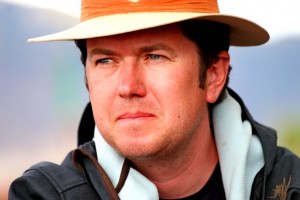American Academy of Religion (AAR) Conference
Baltimore, 2013
Writing Tibetan Women
Materializing Dreams and Omens: Narrative Devices in the Autobiographical Writing of the Tibetan Yoginī Trinle Wangmo
This paper presentation explores dream as it pertains to the interior life of a Tibetan woman, the seventeenth century author, Jetsunma Kunga Trinle Wangmo (c.1585-c.1668). Drawing from a rare unpublished manuscript that I acquired in eastern Tibet some years ago titled, Gsang ba’i ye shes or The Secret Wisdom, this paper reflects on Trinle Wangmo’s autobiography not merely for the value of its content, but for its literary modes and virtues. In so doing, we read Trinle Wangmo as a Tibetan belletrist, giving attention to aesthetic qualities and tones that define her writing, and to particular literary features that make her writing-style compelling. More so, we explore the interiority of Trinle Wangmo’s autobiographical writing through her usage of dream and dream interpretation as a literary device employed to author her life story.
Trinle Wangmo was a Tibetan princess and yoginī. A close disciple to Tāranātha (1575-1635) as well as a primary figure in the transmission of the zhentong lineage, Trinle Wangmo was one of the primary female adepts of the Jonang order of Buddhism in Tibet.
See the full listing of Tibet & Himalayan papers.
